A Comprehensive Guide to Honeybee Diseases
How To Identify Honeybee Diseases
As a honey bee farmer, one of the greatest challenges you have to be prepared for are honeybee diseases. It might sound ludicrous because insect ailments are not exactly widely discusses. However, just because they are not as famous as cattle diseases it doesn’t make them any less devastating.
The problem with bee diseases is that they act very fast and are often lethal. The fact that bees are tiny and in the thousands might also make it a bit more difficult for you as the beekeeper to catch signs of the problem early enough to do something about it. To make your work easier, below is a comprehensive guideline to help you identify and deal with bee diseases.
Common causes of Disease
As with many other animal diseases, bee diseases are mainly classified based on the causative agent. In this case there are 5 key categories. Below are the 5 most common causes of bee diseases and examples of some of the diseases that they cause.
Fungus- Chalkbrood Disease
In this case, the adult bees are infected when they eat honey or other products contaminated with the fungal spores. The disease is passed on to the eggs and manifests during the larval stage. Here, the larva die and undergo mummification which is the quickest way to identify this disease.
With time, the colony diminishes as the old dead bees are not being replaced by new and young ones. The best way to deal with it is by cleaning the hive and getting rid of contaminated products as well as the dead larvae.
Protozoa- Nosema Disease
Unlike Chalkbrood disease, Nosema affects adult bees in which case everyone is vulnerable from the queen to the workers. The infection occurs when the bees consume spores through their food. It manifests as extreme weakness with the bees unable to fly.
They also have swollen and shiny abdomens from spore germination within their gut.
If the condition is not identified and dealt with, the bees die as foragers are unable to fly out to find nectar and pollen for food.
Viruses- Sacbrood Disease
The bees usually get infected through vectors. These are other insects that feed on the bee’s blood. As they do this they inject the viruses into the bees resulting in the infection.
As with the fungal infection, it is the larva that take the hit with this infection. When they die they change color and could be yellow, dark brown or black.
Unfortunately there is no cure for this bee disease. The only thing you can do is to keep the healthy bees well fed and protected from the vectors.
You should also replace the dead or dying bees with new and healthier ones to keep the hive functioning at optimum capacity.
Bacteria- Foulbrood Disease
This is caused when the bees ingest contaminated honey. The larvae die, lay flattened in their cells and decay with characteristic color changes from white and yellow to dark brown.
The caps on their cells are also usually sunken or punctured as opposed to the protruding ones on healthy larvae.
Parasites- Varroa Mites
These are external parasites and feed on both the blood and flesh of adult and larval stage bees. They may cause death either directly or indirectly by weakening the bees.
They have been shown to have a particular affinity to drones and foragers. This seriously affects the productivity of the hive as the mites render them incapable of flying out to find nectar for food.
Fortunately, these are easy to control with pesticides like Apistan being effective against them.
How to Tell When Your Colonies Are Unwell
Now that you know who the culprits are, the next step is figuring out how they manifest their destruction on a large scale. This is important to understand as some of the specific signs and symptoms are very easy to miss as they involve thorough inspection.
However, there are a few very obvious signs that should get you concerned for your hive’s health status. These include:
- Dead bees and larvae in or around the hive
- Abnormal looking bees with odd coloration and body shape.
- Reduced agility, strength and speed of worker bees.
- Unusual bee behavior including either extreme aggression or extreme docility.
- Reduced productivity in terms of honey production.
- Physical and visible signs of the pathogens including fungal spores and parasite sightings.
- Colony collapsing disorder where worker bees abandon healthy queens and abundant supplies.
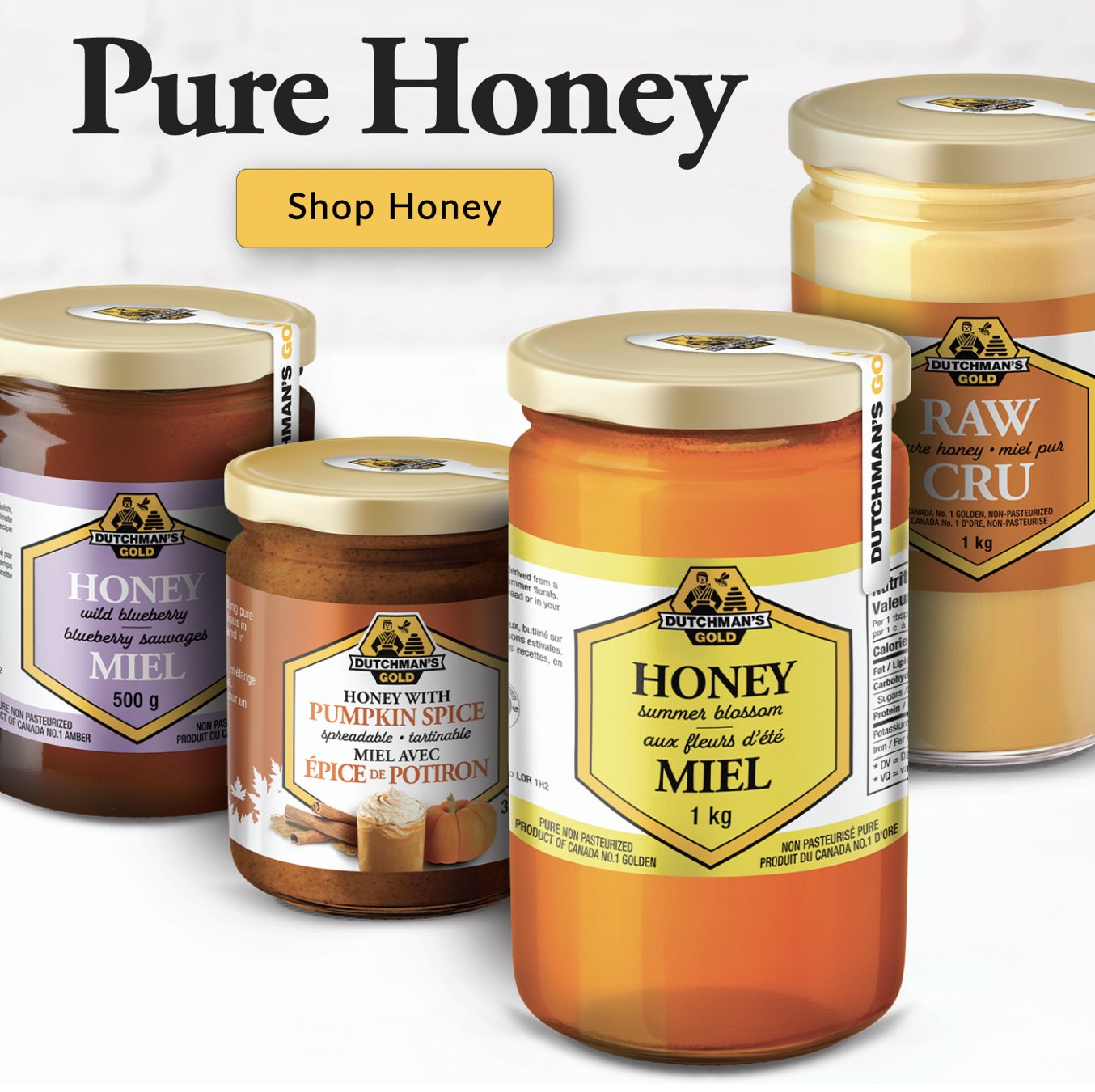
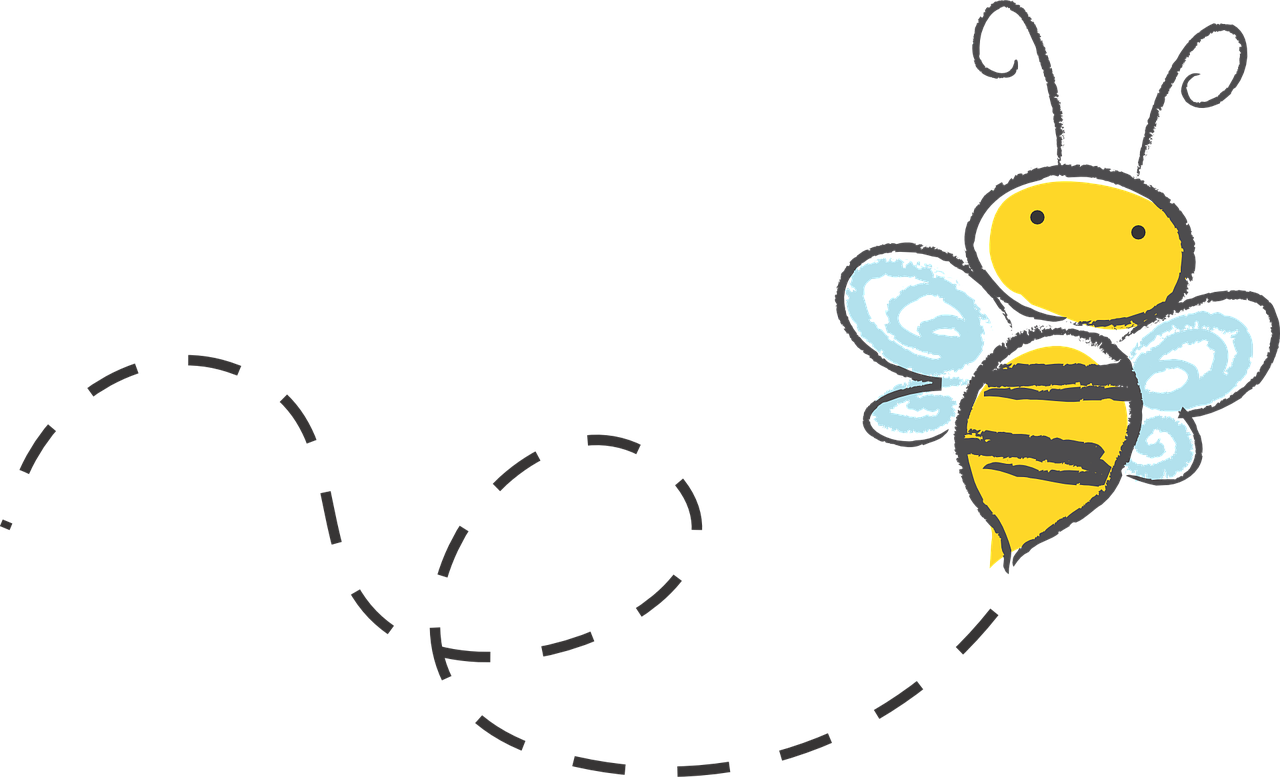
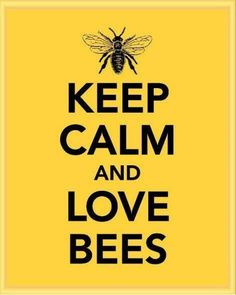

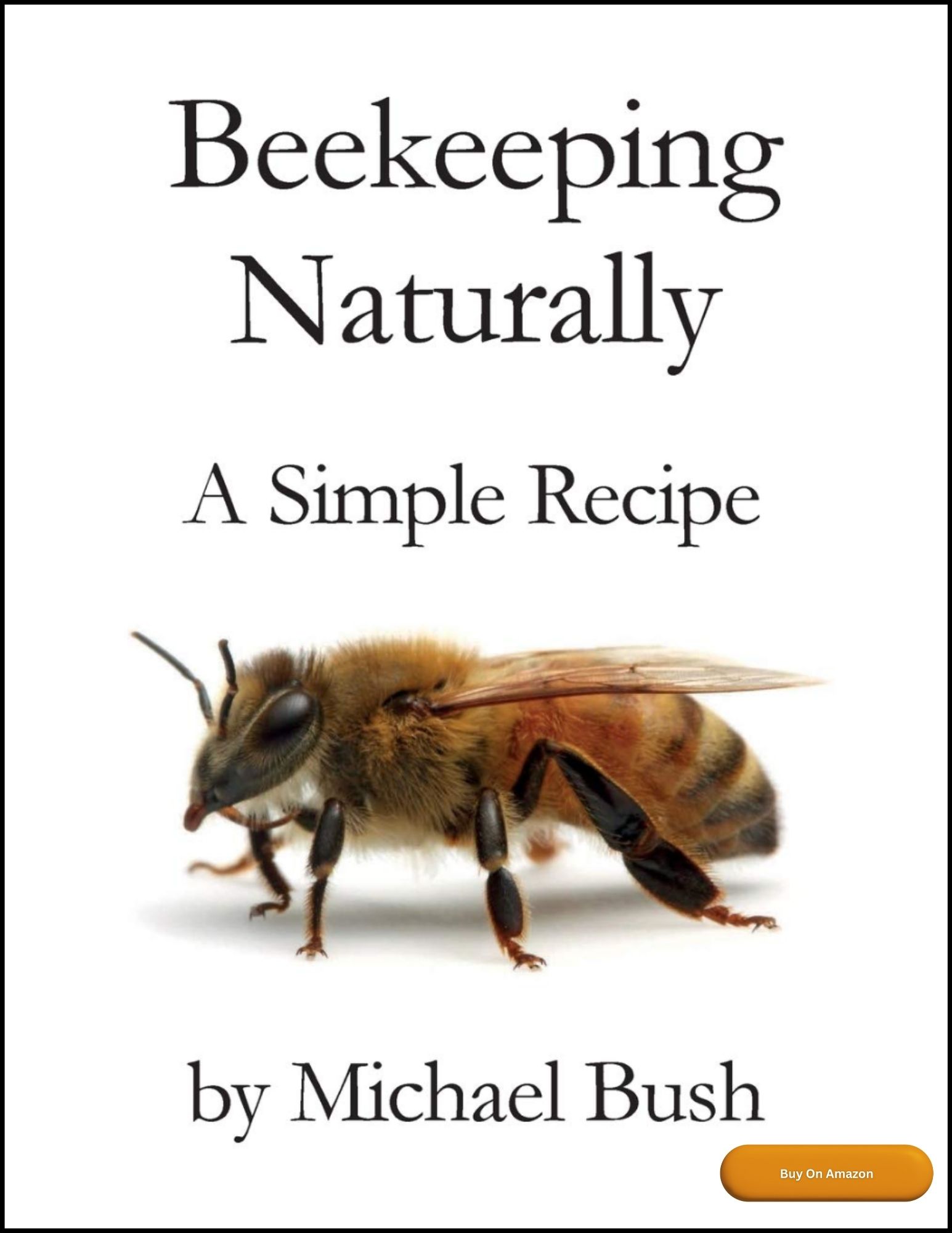
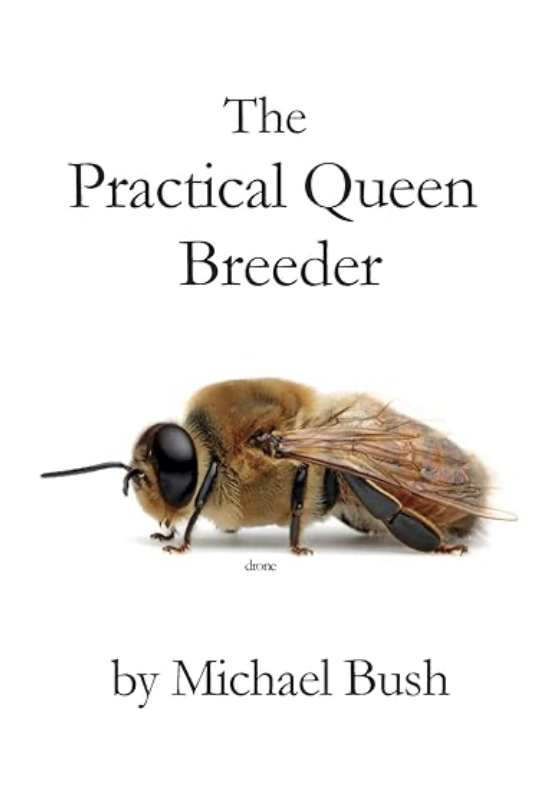

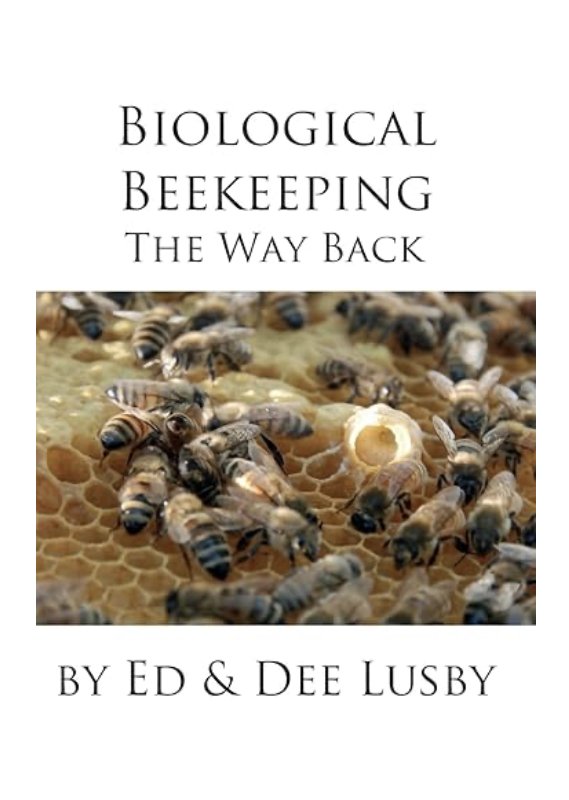

New! Comments
Have your say about what you just read! Leave me a comment in the box below.